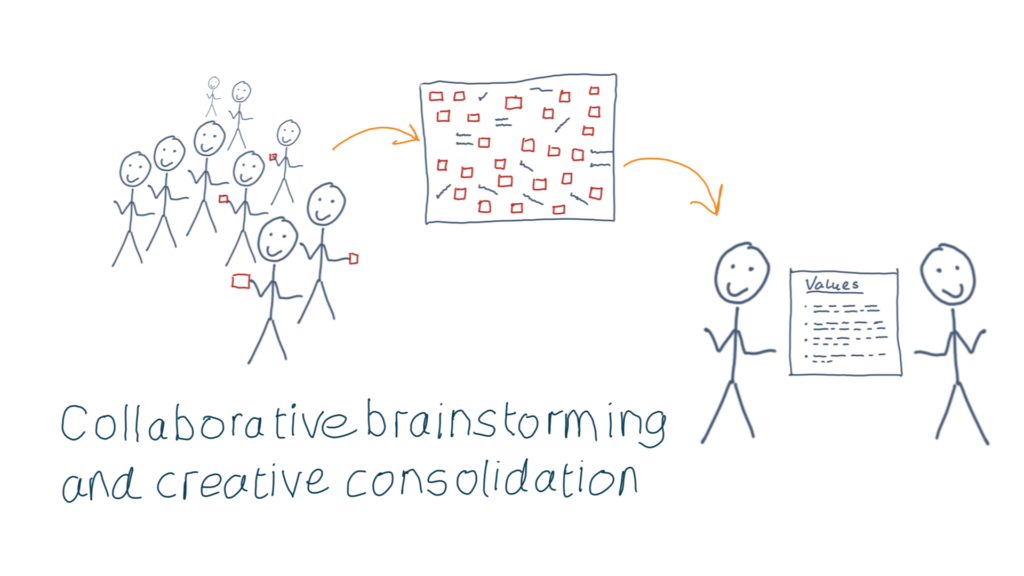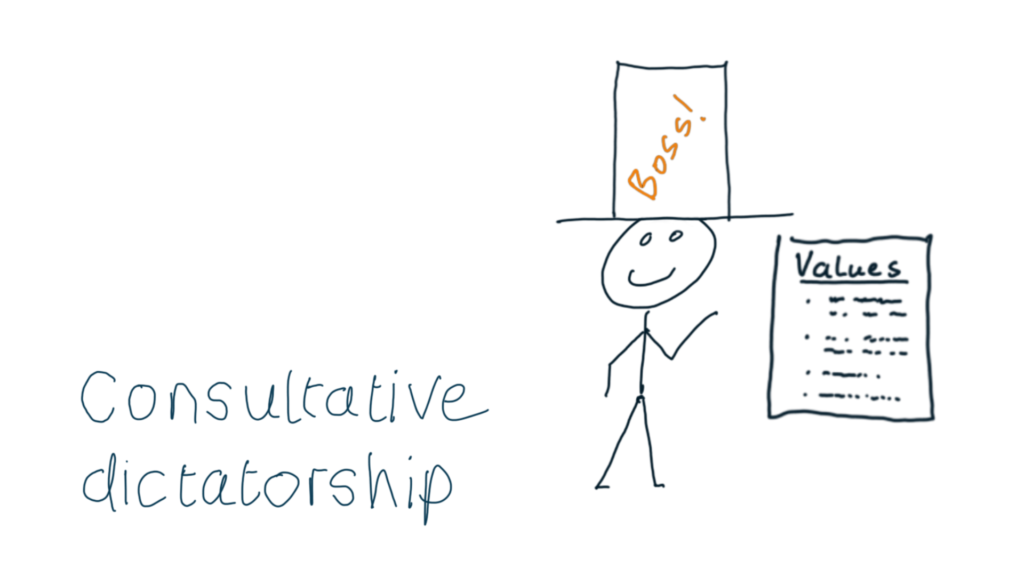Are values in business our fair weather friend?
When I was in Warsaw in 2015, I met a lady called Zofia Dzik and about 18 months later, she asked me if I would speak at a conference she was organising. The subject is very close to my heart and so of course I agreed.
For those that might not be certain, a “fair weather friend” is someone who is there for you when everything is fine. And who disappears at the first sign of difficulty when you just might need their help. May be you’ve met some people like that in your life 🙂
This blog is a shortened version of some of the key messages. I hope you find it interesting!
The beginning
It’s the easiest thing in the world to be values driven in the warm and plentiful days of June. When the sun is shining and the grass is green. When the flowers are blooming and the birds are in song. When no one is hungry and the living is easy.
In the warm and plentiful days of June, we can pretty much do what we want and everything will be just fine.

But in the dark days of February, when our resources are depleted and it’s cold and lonely. When we’re hungry and survival isn’t guaranteed, we can’t just do what we want.
In the dark and desperate days of February, we make a wrong turn and everything won’t be just fine.

So what can we do? How can we maximise our chances? How can we try and make sure that our values don’t perish and get blown away on the wintery, icy gale?
In this blog, I discuss my own experience and beliefs. The things that have helped me personally and that I hope will keep me and my business true when February comes round once again.
I can’t promise the ideas here will be as useful to you as they have been to me. I can only say they are borne of experience and that they have served me well.
How can a business become values driven?
I read an article once (maybe 25 years ago) which talked about 2 polar opposite methods of creating a values driven organisation. I’ll paraphrase the methods here:
Method 1: Collaborative Brainstorming and creative consolidation

In this first method, we gather together all of the senior players and opinion formers in the business. Those who define how things are done around here. Depending on the nature of your business, it might be between 10% and 30% of your colleagues. We lay out the problem beforehand (we want to create a values driven organisation) and arrange a big workshop that will last a full day. Everyone comes prepared having thought about the things they believe, the way they want the company to behave. Depending on the numbers, we break ourselves down into groups and run whiteboard / flipcharts sessions to try and get agreement on the things that are critical. We share and consolidate. A smaller group of talented wordsmiths and communication specialists takes the output and in good faith they try to consolidate the output of the day into a charter or a credo or a commitment that we can all live by. The words are inspirational and the top management agree to be bound by the values.In this way, the company becomes values driven.
Method 2: Consultative Dictatorship

In this method, we go to the most senior person in charge and ask them what they believe. We write it down and publish the results. In this way, the company becomes values driven.
I hope that you have a good picture in your mind of the process, and style or feel of these polar opposite methods.
Of course in the real world, it’s rare that either of the polar extremes are followed and it’s normally somewhere away from the radical ends of the spectrum.
In my 30 or so years of being held to account, I’ve seen both of these methods used and before I start to advocate either, I’d like to pose a question.
What will guide us?
We all make decisions every day.
And every day, in our businesses or organisations, our people make decisions.
Sometimes those decisions are small, not challenging and they have little impact: Shall I have coffee or tea?
Sometimes those decisions are bigger, they’re tricky to optimise and they have greater impact: Should we introduce a new product line?
Sometimes, in the dark days, those decisions are huge, they are impossible to optimise, they impact the lives of our people and the existence of our organisations: Should we cut our costs by making some of our people redundant or accept lower profits while we acquire new customers?
The harder the decision, the closer to the top it floats. It’s right that it should.
So as leaders in our organisations, it falls to us to make the hardest decisions.
In my organizations, it has fallen to me.
And so to the question:
When I’m forced to make the hardest decisions where there is no obvious right answer, when all the choices are painful, what will guide me?
Will it be the finely crafted and word-smithed statement of our company values that was born in a hotbed of creativity and collaboration by the influencers in my business?
Or will it be the things that I believe at the deepest and most fundamental level?

For me, there can be only one answer.
In the darkest days, for our hardest decisions, we will be guided by our fundamental beliefs. I must tell everyone that this will be the case and embrace it. If this is my guilty secret, then I will be in trouble.
And knowing it will end with my fundamental beliefs, I conclude that the only sustainable course of action is to start there too and embrace it.
So as unpalatable as it may sound to some well read modern managers, the route that I advocate for creating a sustainable, values driven organisation is closer to “Consultative Dictatorship”.
If we want the values to survive the icy blast then I believe they must be completely aligned to the most senior decision maker in the business. The buck stops there.
It’s definitely possible to succeed via the other route but I think it takes a very special sort of person to be in charge. Someone who can sublimate their own beliefs and replace them with a credo designed by committee and then carry it through to guide their actions in extremis.
In my experience, such people do not often make it to the top of their organisations.
And of course, it’s entirely possible that the carefully crafted credo aligns completely with the personal beliefs of the most senior leader. If it does, then it’s either a very fortunate accident, the result of careful recruitment, or the “Collaborative Brainstorming and Creative Consolidation” process was somehow perverted and overly influenced by the beliefs of that leader.
In the longer version of this blog, I went on to talk about some of my personal beliefs and how they translated into the values of the business I was leading at that time. You can see the full version of the blog here.
But for now, I think I’ve taken too much of your time already so I decided to close it here.
If you’d like to talk about how you can create your own values driven business where those values run deeper and more true than a flighty fair weather friend, then please give me a call!
Peter Brookes-Smith
Curious problem solver, business developer, technologist and customer advocate
Other blogs by Peter
- Sign here…
- Legacy Applications – How did we get here and what can we do?
- Needles and haystacks or…
- The Case of Rev. Bayes v The Post Office
- Lighting a fire – Our first annual review…
- Helping Mine Detectors learn to use their equipment correctly
- How many?
- Finding defects with AI and computer vision
- Portfolio: PBS – Neural Net for Hand Written Digits
- CS50 – Harvard’s Open Computer Science Course
- What is a neural net anyway?
- Values Driven Business
- All things come to those that wait…
- Monte Carlo or Bust!
- What is business agility? And why should I care?
- Lessons in life from an ai agent
- Five tools for innovation mastery
- Value for money
- Award entry for European CEO Magazine 2017
- Darwin and The Travelling Salesperson
- What is this DevOps thing?
Blogs by other authors:
- From Stubble to Squad Goals: Our Mo-numental Mo-vember Mo-arvel!
- Learning a Foreign Language vs. Learning to Code: What’s the Difference?
- Solving complex problems through code – and nature!
- In it together – why employee ownership is right for us
- Old Dogs and New Tricks: The Monte Carlo Forecasting Journey
- Portfolio: Rachel – Photo Editing
- Portfolio: Luke – Hangman
- Portfolio: Will – Gym Machines


